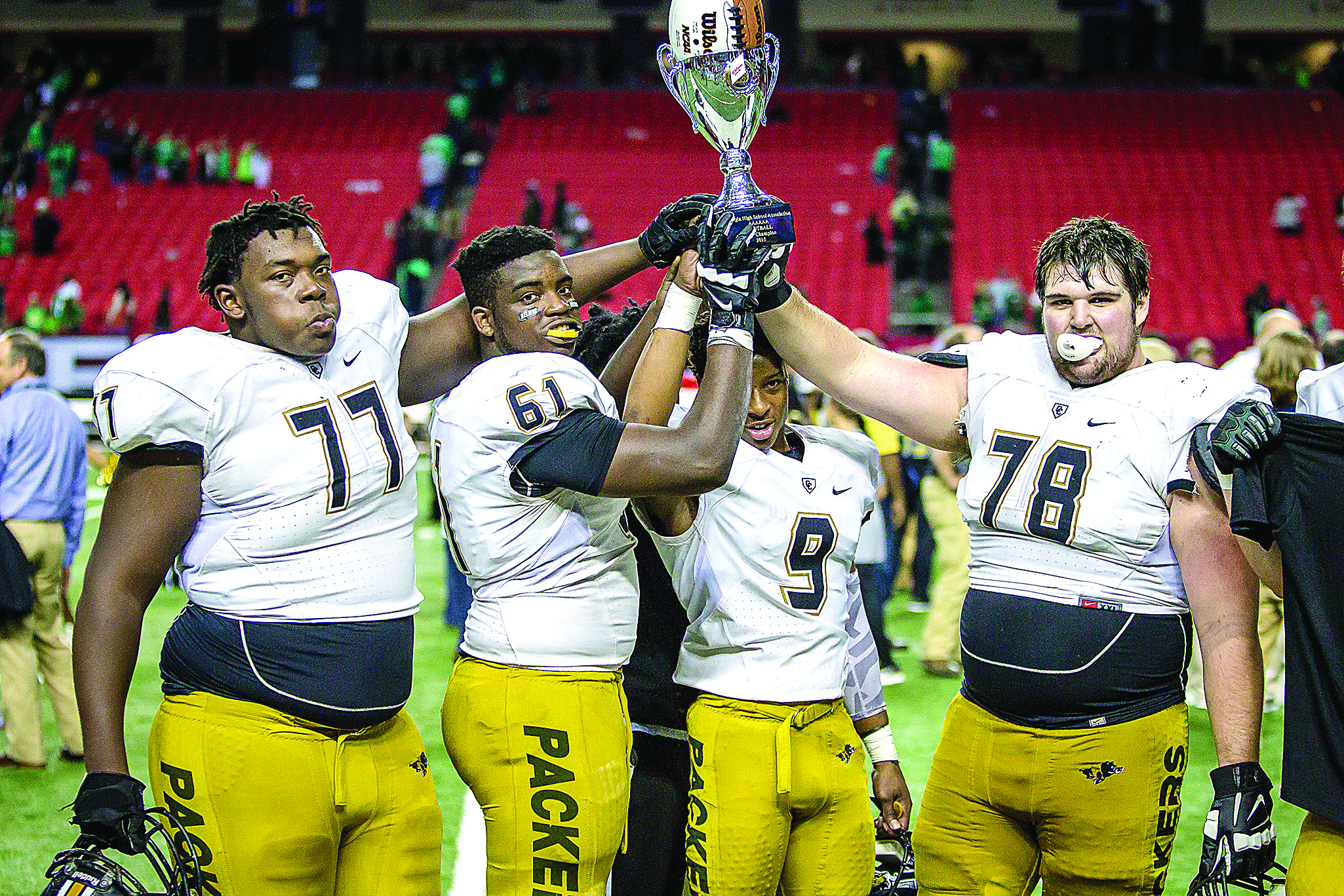Airport finishes $3 million improvements; more planned
Published 1:21 pm Friday, December 27, 2019

- Runway 22-4, above, was extended to 6,000 feet and widened by 100 feet over the course of 2019. It was a combination of two extension projects and, in total, was one in a bevy of improvements made to the Moultrie Municipal Airport.
MOULTRIE, Ga. — The Moultrie Municipal Airport may have $4 million worth of improvements left on the table, but it still accomplished $3 million worth of improvements throughout 2019.
Amongst the improvements made were an 871-foot runway increase, the addition of a north-end runway safety area, and a rehab project that regrooved the entire runway. Each has a part in increasing the airport’s value.
And it’s for these improvements that Moultrie-Colquitt County Airport Authority Chairman Mike Boyd said the airport will continue to grow.
“This airport is very valuable,” Boyd said.
One thing that places it at such high value, is Sanderson Farms’ use of the airport. On average, the third largest poultry producer in America flies in five days a week to Moultrie.
At a point before the updates, Sanderson Farms was flying in management and supervisors to nearby cities and driving them in.
“They were losing up to a half of day of labor transporting [them] from other airports,” Boyd said. “They don’t like that. Any business wouldn’t like that.”
But more than that, it was about business or rather not losing it. Sanderson Farms employs 1,200 to 1,500 people in Colquitt County. That’s something they can’t afford to lose, Boyd said.
The runway rehab project was the first to be finished, followed by the two extension projects: one of 500 feet was finished early in 2019 and the other, of 371 feet, was finished in mid-2019. The authority finished the runway safety area in November
These projects are part of the MCCAA’s ever-growing five-year capital improvement plan, which is updated each year and sent to the state and federal governments at large for funding approval.
“That doesn’t necessarily mean we get the funding, but if they agree with what we’re planning then they fund it,” he said.
This money came from the MCCAA’s five-year CIP that involved funds former Gov. Nathan Deal made available to 11 airports in the state as well as a city-approved grant.
Future endeavors, like the $4 million remaining, will come in part from a bill Gov. Brian Kemp filed to support rural airports.
“I say that it’s all taxpayers’ money but it’s money for airports that’s going to be spent,” Boyd said. “We want to take advantage of it as much as we can.”
The Airport Authority has seen the effect of its work. Case in point, hunting season. Since the season started Oct. 1, 48 planes have flown in and out of the Moultrie Municipal Airport for the sake of hunting.
“With this extension we have those jets (Gulf Stream 650s) coming in now, which produces more for hunting,” Boyd said. “Before we couldn’t get in the bigger jets — the Gulf Stream 650s, that kind of thing. It produces a lot more economic growth here.”
The 871-foot increase to the runway, which puts it at 6,000 feet, was a must in the airport’s class promotion to “C4” or Class 4. This certifies it to serve unscheduled passenger operations of large air carrier craft, although it cannot serve scheduled large or small air carrier craft.
As for the other aspects of the improvements, specifically the rehab project and extension, Sanderson Farms had much say. It wrote a letter that was presented at the Airport Authorities Nov. 5 meeting.
The compnay thanked the board for the consideration and initiation of the projects needed to improve the airport.
“As Alan Mathis can tell you, many times we have had to divert to Albany because of performance limitations with our craft,” Zane Lambert, manager of aircraft operations, wrote in the Nov. 4 letter.
These diversions happened more so when the runway was wet, but between the grooving and the extension “those issues are mostly gone,” Lambert wrote.
According to Lambert “water on a runway can cause controllability and braking issues for an airplane just as it does a car on the road,” causing hydroplaning. Grooving helps in eliminating water’s ability to compress and lift an aircraft off a runway’s surface.
“Some aircraft, including the types operated by Sanderson Farms, are allowed to consider a grooved runway that is ‘wet’ to be ‘dry’ for performance calculations,” Lambert wrote.
In short, a grooved runway is superior to a non-grooved one, he wrote.
A runway safety area also helps in cases such as this. It’s an extension adjacent to the runway’s end used to reduce risk of damage when a plane undershoots or overruns the runway, Skybrary reports.
The Airport Authority’s work isn’t done yet. As stated before, it still has $4 million of improvements left. These include a $1.5 million terminal building and a $2.8 million south-end runway safety area.
It currently awaits the General Assembly’s approval of local legislation that’ll give the authority the ability to levy taxes and the potential approval of a $625,000 loan from each the city and county.





